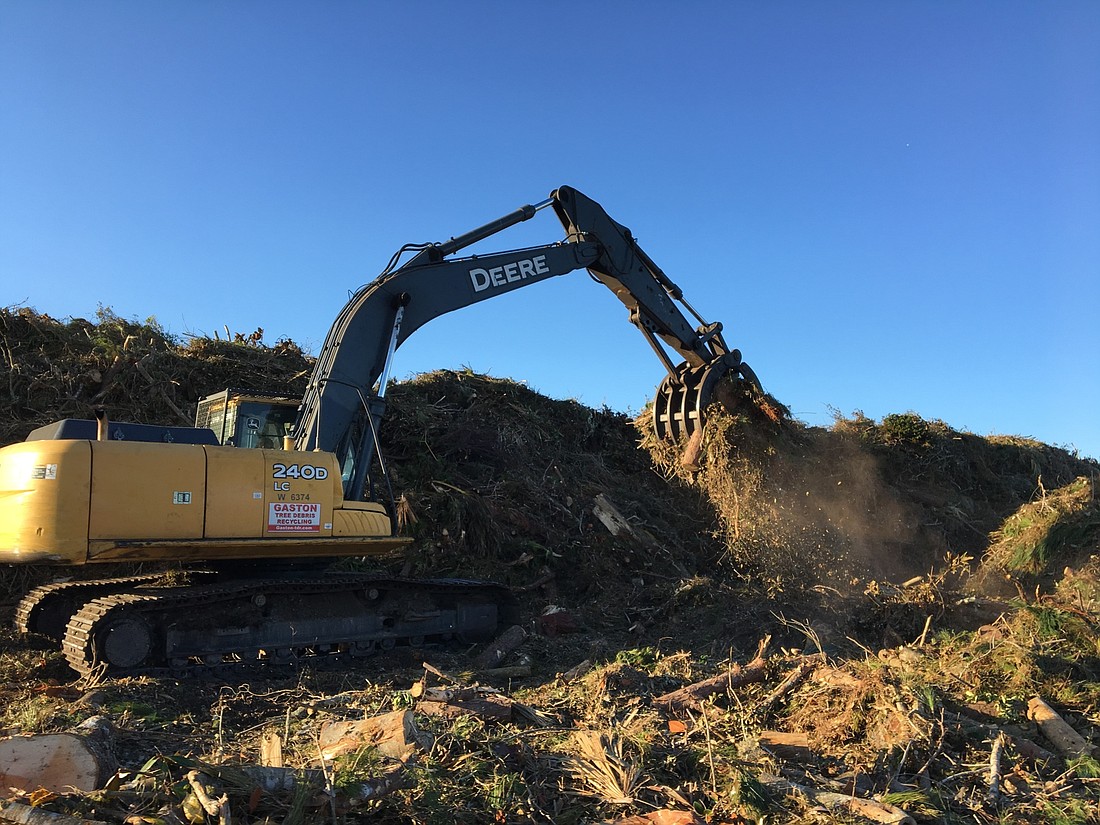- April 19, 2024
-
-
Loading

Loading

Palm Coast’s government has compiled the lessons it learned from Hurricane Matthew in the hope that it can avoid certain problems the next time a storm hits.
Some recommendations from a city staff analysis shared in a City Council workshop May 9 were important but mundane, like making sure that the call center has enough staff to handle the call volume and enough food to feed that staff, and that shift lengths for staff members are reasonable.
But other problems identified in the report pointed to more serious structural problems.
For instance, at one point city staff realized that volunteer staff answering residents’ phone calls were giving out incorrect information, according to the city staff report. When city staff tried to take over the handling of calls, there was a squabble over control because pushing out the volunteer staff would affect their reimbursement, according to the document.
City staff ended up repeatedly calling back residents whose calls had been answered by the volunteers, in order to correct misinformation.
Another major issue was the city’s PEP tank system. Because the system replies on electrical power to pump effluent, some areas of the city experienced sewage system overflows as the tanks overfilled while power was off.
The city has communicated with Florida Power and Light to make sure FPL prioritizes restoring power to the city’s PEP system areas quickly after future storms, City Manager Jim Landon said.
“We have actually met with them; they have done a little tour of our PEP system areas,” he said. “We’ve given them a map .... They’re now in the process of incorporating our PEP areas into their priority list.”
When tanker trucks came to the city to empty out the PEP tanks after Hurricane Matthew, there was another problem: There were a lot of tankers arriving at once and limited staff members on hand to tell them where to go and what to do.
There were also hitches in communication between local government and residents when it came to evacuation orders, with residents unclear on the borders of the various zones and whether they were required to evacuate.
City staff could add street signs near major subdivisions that state the area’s evacuation zone, or could prepare for storms by adding temporary stickers with the zone designation to existing street signs, according to the staff report. That way, residents who aren’t sure which zone they are in could be directed to check the nearest street sign.
After the storm, staff logged calls about problems like downed trees and power lines on an Excel spreadsheet, which proved clunky. The city staff analysis recommends the city develop a more streamlined system.
Some staff members who don’t regularly use emergency radios also had trouble adjusting to use of the 800 MHz radio system without much preparation, and the report recommends a more systematic means of acquainting staff with the radio technology.
Palm Coast Deputy Fire Chief Jerry Forte said he feared that the relatively minor damage from Matthew could lull residents into a false sense of security.
“This is what scares me: If you go out and you’re talking to people that we had a hurricane, and it was a Category 3 — it’s not the case,” he said, adding that the storm had passed the city offshore. “What our fear is is that complacency will set in for the next storm.”
View the full draft of the report HERE.